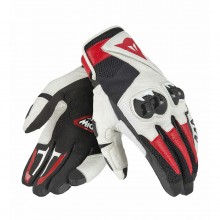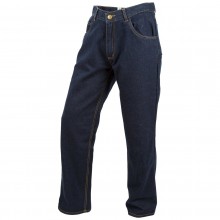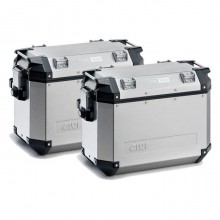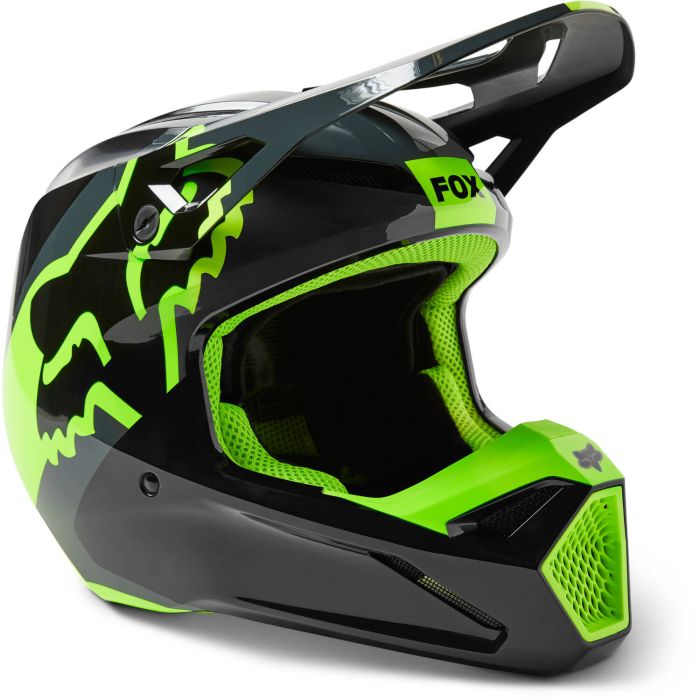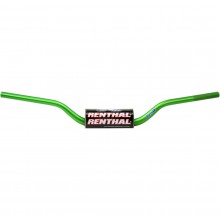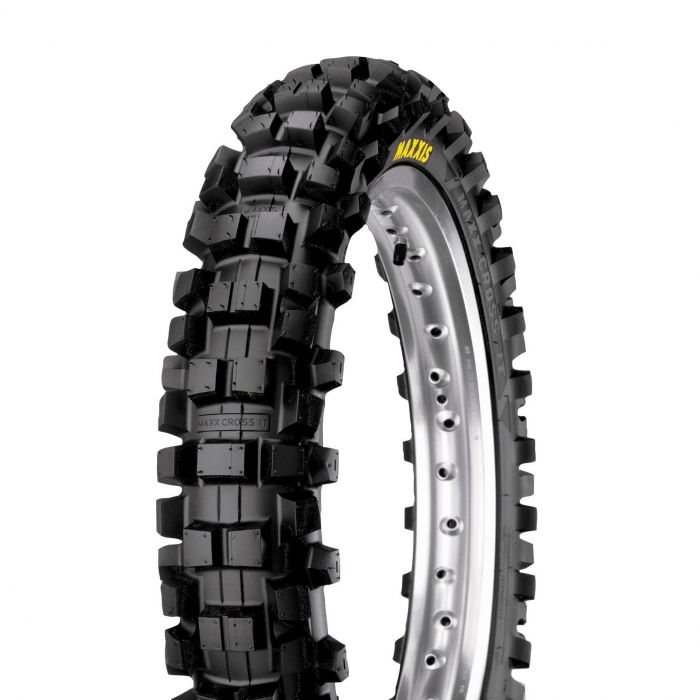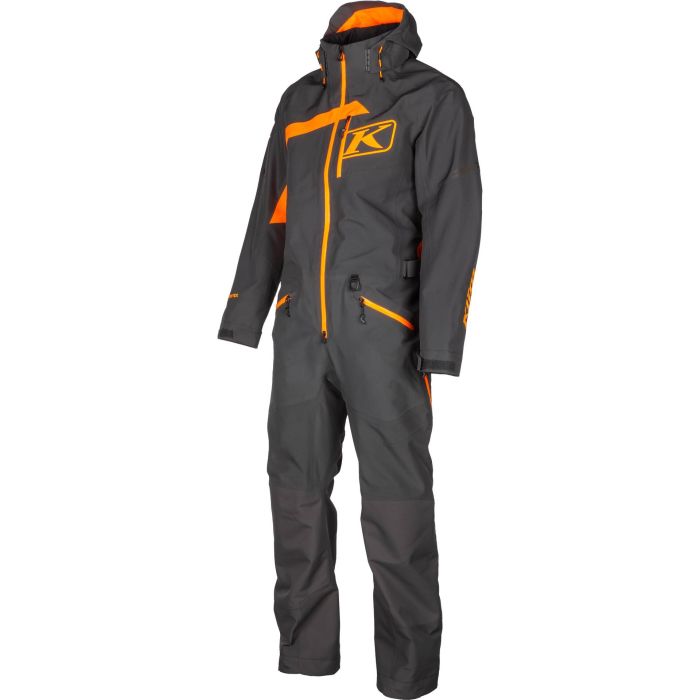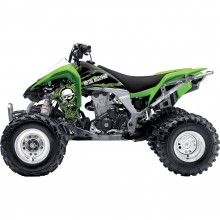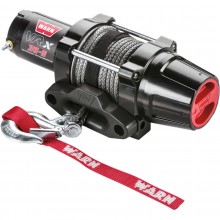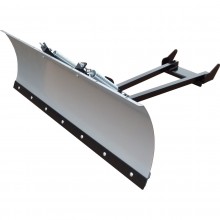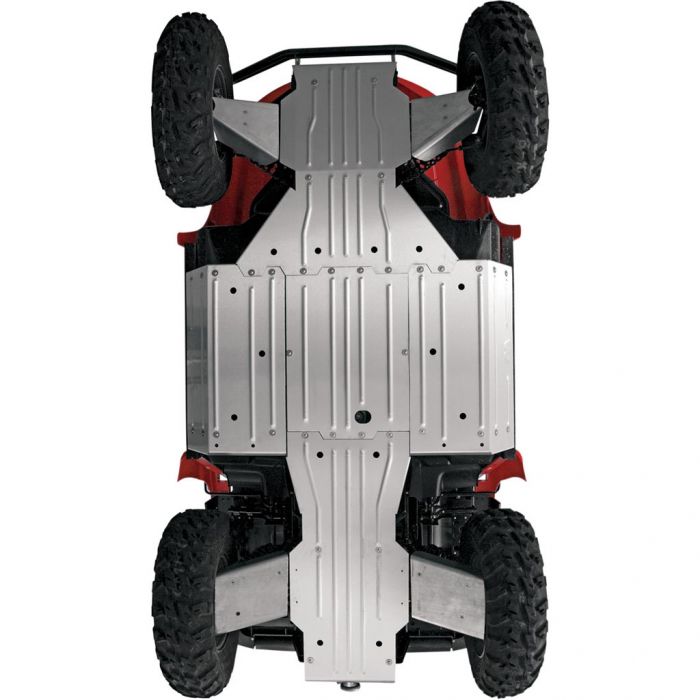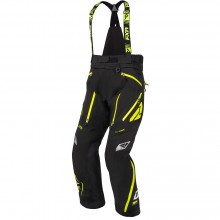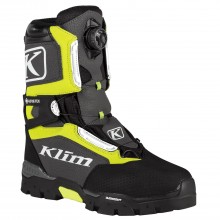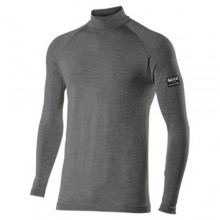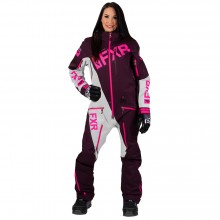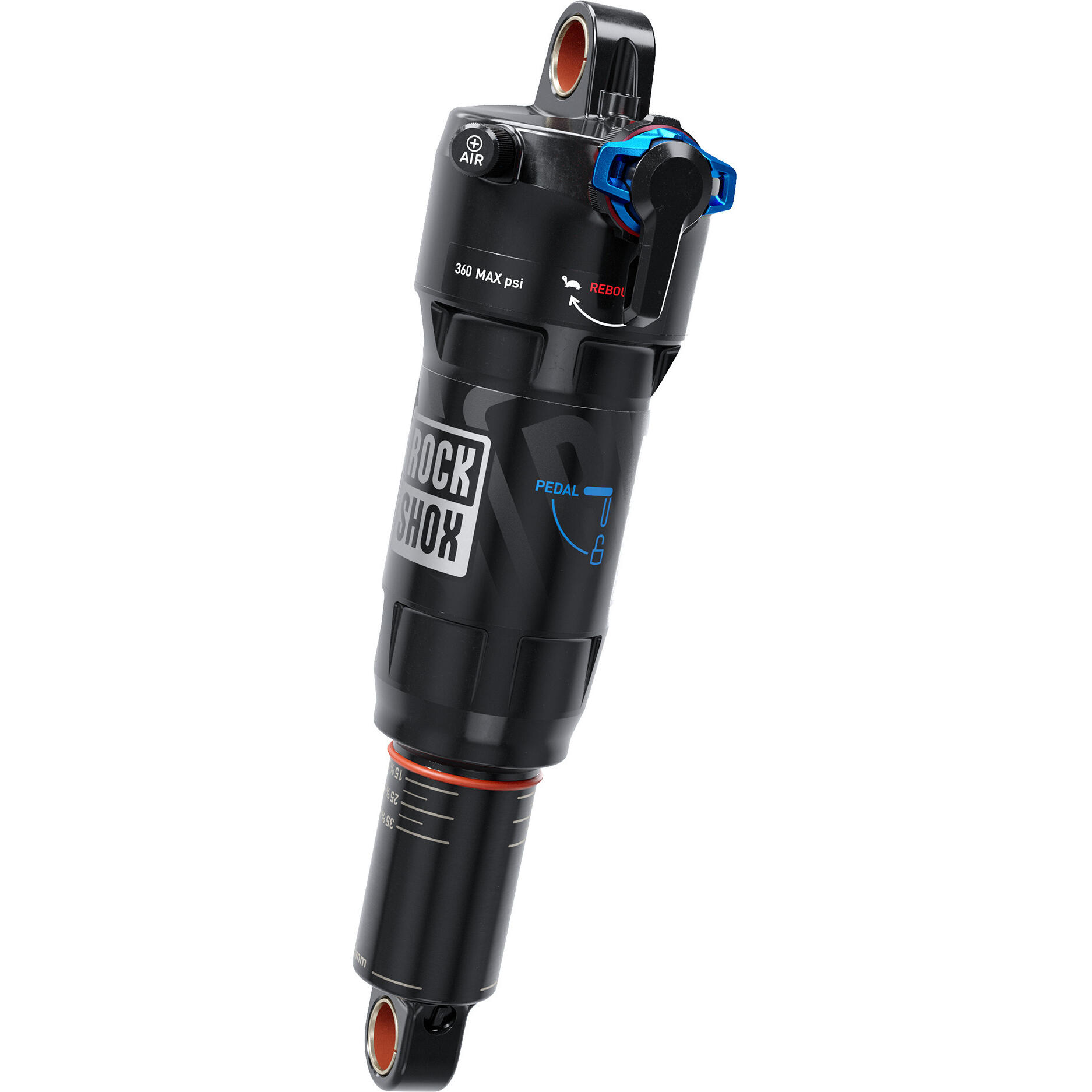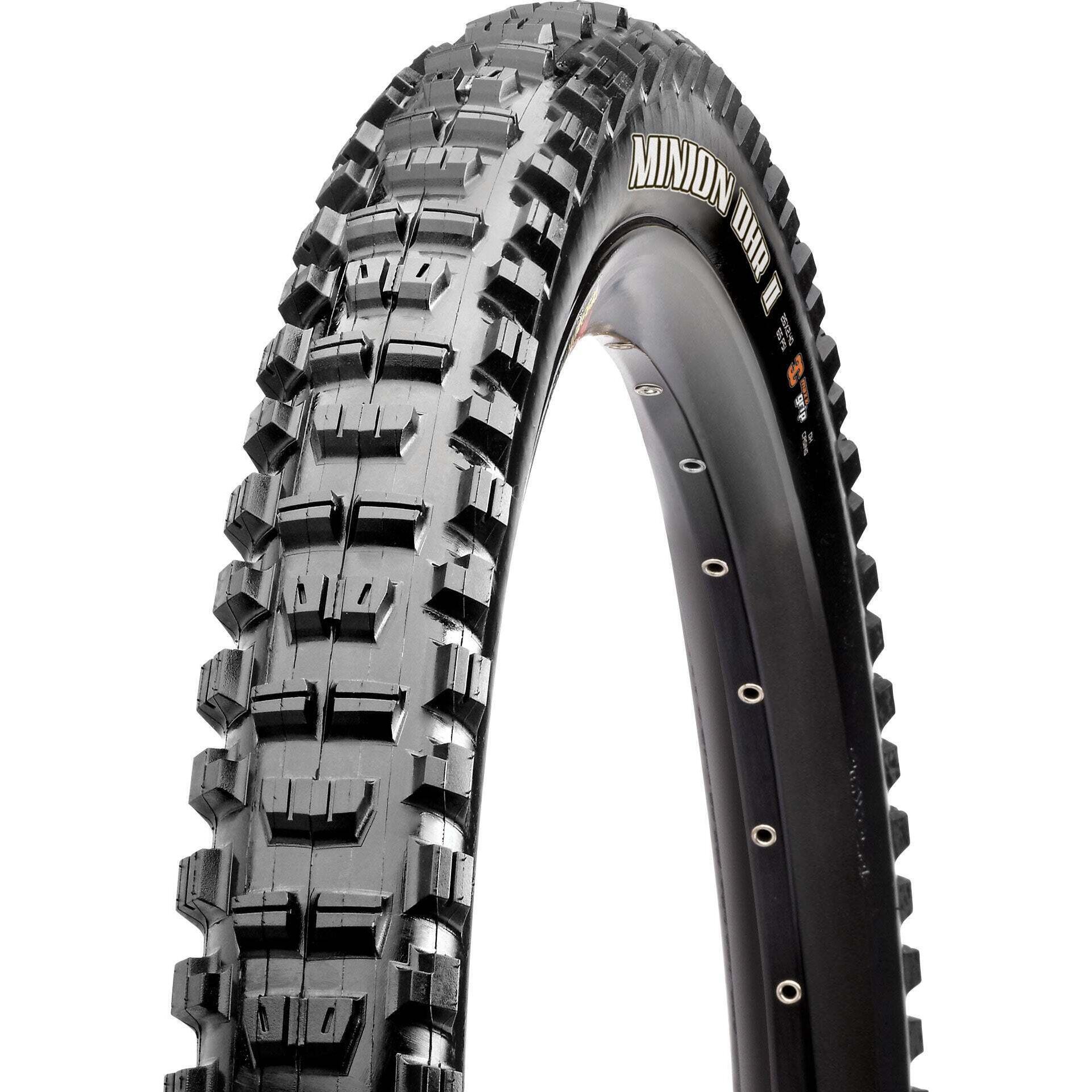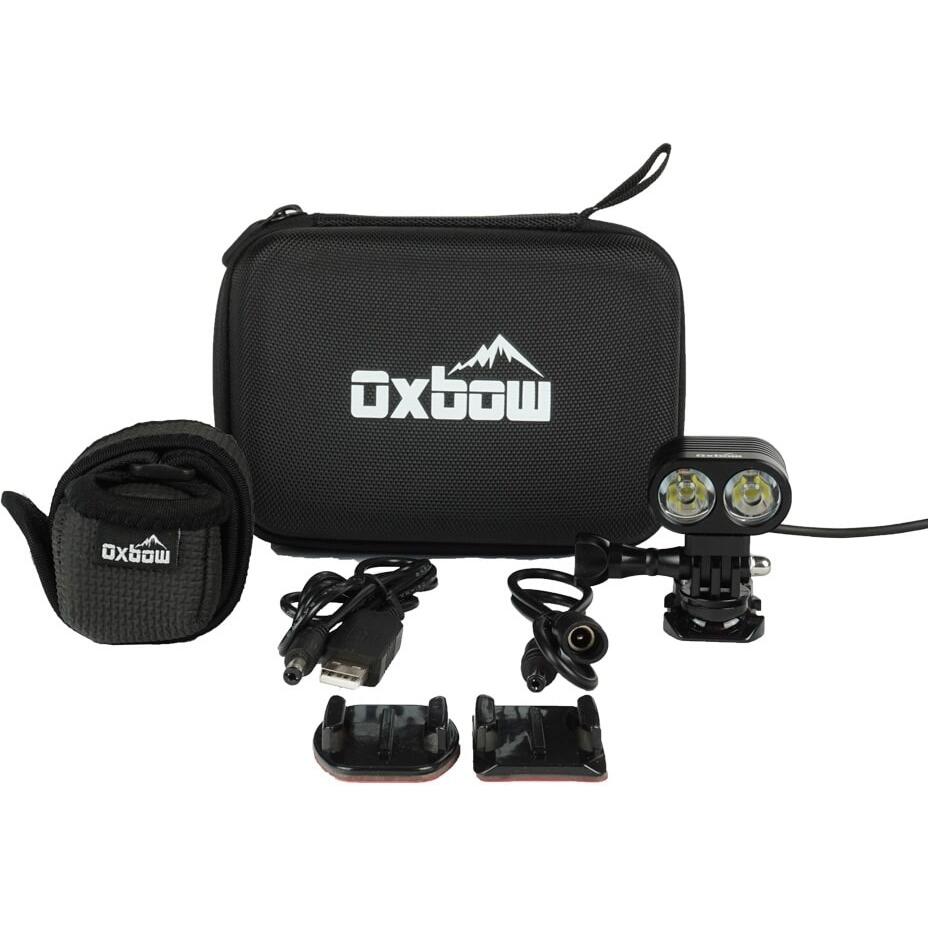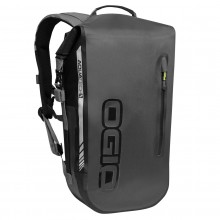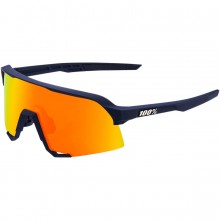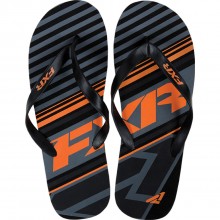[Video Transcript]
Hello! I’m RyanF9 and these helmets offer the best airflow.
You should know right away that open faces don’t count . Obviously half and ¾ helmets let me feel every whip of the wind, but no one needs a video to tell them that.
The most ventilated full face in the world is an MX helmet called the F4. But it isn’t here because Klim stopped making it. Son of a bitch.
The closest thing we have in 2017 is this – Klim’s F3 . It’s a successor to the F4 but as the numbers suggest, it’s also a step backwards.
The old F4 had three crown vents, which made for a rooster-comb style that flowed a tonne of air. But the F3 has gone back to a single crown opening. It also has 19 vents in total, which is impressive, although far less so than the 41 vents that the F4 boasted.
But the F3 has a bigger eye port than the previous version, so it wins in that respect. The empty field of vision is actually a bit spooky when you first put the helmet on. Any full frame goggle can fit with room to spare, and extra room means extra airflow.
The F3 also gets the same neutral head shape as its predecessor. The padding is precise yet sparing , so there’s lots of empty space around your ears and at the top of your head for air to escape. You can actually see the EPS foam and chimneys holes most places.
The vents are unobstructed too. This metal mesh won’t slow the wind down at all, which is great for ventilation. Only the main chinbar port is backed with open cell foam, but honestly I’d rip it out. The foam isn’t very effective at stopping debris anyway, and you’ll get more airflow without it.
So the F3 is a hugely vented MX bucket and the angular design is more gorgeous than ever ... But I still miss the F4 .
It was in a class of its own for ventilation. And the ECE version was the lightest MX helmet ever . Yes, it cost 530 dollars. And no, nobody bought ‘em not even me. But from a gear geek’s perspective, it’s a tragedy to see the F4 go.
Oh wait! You can still get F4s and they’re only 400 dollars on clearance, which is the same as a brand new F3. Other reviewers might be ass kissing this helmet and I’ll join the party eventually because it is a great venter.
But while there are still F4 ECEs out there, buy that instead. Just avoid the Snell version because it’s a full pound heavier.
Now , for a sport helmet that flows a tornado of air, we have HJC’s RPHA 11 Pro .
I bet you wish I’d stop talking about this helmet; I’m sure as hell bored of bringing it up. But the RPHA 11 does vent better than any sport helmet, so I had to put it in this video.
HJC doubled the number of vents since the RPHA 10, which wasn’t a stuffy helmet to begin with. But it’s not just the number of openings, it’s the way they’re designed. HJC uses cowls to create high pressure zones at the intakes, and low pressure zones at the exhausts. That literally sucks cool air in and draws hot air out. When I wear this helmet I can actually feel the little torrents of wind against my skin.
Now the RPHA 11 is so breezy that it can be downright cold in spring or fall. So HJC made all the front-facing vents active. This one closes here, these two close from the inside, the forehead vent like this, and these crown vents have six aperture settings via these little wheels, which are rubberized to catch your gloves.
I’ll run the stats real quick because I’ve already lost too much of my life talking about the RPHA 11.
Centre locking visor – doesn’t screw over lefties. Dark shield included in the box – great value but it has huge tear off posts just like the clear one, and that annoys my peripheries. The eyeport has been extended vertically for better field of view in a full tuck. Speaking of which, emergency quick-release cheekpads also hint at racing use.
But , no Snell sticker. You gotta think HJC wanted one for their supersport helmet, so I can only assume that they failed the test. An RPHA 11 Pro is ultralight at 1420g and super slim with the Kevlar, carbon and fibreglass shell… so I guess it’s not surprising that they lack a bit of impact absorption.
Also I’m not sure what HJC was doing when they made the sizing chart – maybe drinking or smoking or wearing a toque – because the RPHA 11 fits way too small. Order a size up.
Anyway, this 500-dollar helmet is still the most ventilated sport bucket on the market. In fact it’s generally a very impressive lid, rivalling the more-expensive Shoei RF-1200. HJC just loses a few points for missing out on that Snell sticker, and a couple more for being loud as shit. Earplug users only, please.
Now , the best-ventilated ADV helmet is a dinosaur – AGV’s AX-8 Dual EVO .
AGV came early to the dual-sport game with the AX-8, we’ve seen a load of better helmets since, but none of them have been able to touch it for ventilation.
Why?
Well, AGV made the main vent removable . That leaves a big old hole in the chin bar, which you can fill with the metal grate off an AX-8 MX helmet. Of course that part is getting harder and harder to find as the clock ticks on this model, so personally I just take the foam backing off the old vent and glue it over the aperture.
It’s a garbage hack, but I now have an ADV helmet that vents like an MX lid. I’m gonna get wet and dusty pretty fast, but that comes with the territory.
Everywhere else the AX-8 Dual is pretty mediocre. Just a couple active vents on the forehead, another teeny tiny chimney up top, a couple passive exhausts high and low on the rear, and jack shit around the back of the head.
The AX-8 is average in most respects, actually. It’s no silent Schuberth E1, but it’s not a noisy MX-9 either. And it’s reasonably light – just under 1600g which puts it in the middle of the pack.
The shell is a fibreglass, Kevlar and carbon composite, which is everyone’s go-to premium blend. Only weird thing is that the AX-8 is surprisingly thick . Normally manufacturers use fancy shells as an excuse to use less EPS foam and create a slimmer helmet with equal safety, but AGV clearly did the opposite. I have a sneaking suspicion that this is a very safe bucket, probably one of the most protective dual-sport lids in the world.
Fitment-wise, the AX-8 is abnormally short . By that I mean it bottoms out at my jaw line, whereas most helmets sit lower down. While the AX-8 is the most ventilated adventure helmet, provided you remove the chin bar cover, I should also mention two close seconds. The Klim Krios flows a lot of air on the premium end, and the Bell MX-9 Adventure brings the most breeze for your buck.
And finally, the best-ventilated modular helmet is Bell’s Revolver Evo .
This is the only time you’ll see me recommend a Revolver, because it flows air for the wrong reasons.
Basically it’s leaky. Every seam, every piece of hardware, the visor itself – none of it seals properly. There are a million gaps and that means a million holes for air to come in and out. Plus it’s super drafty under the chin bar with this curtain removed.
So the Revolver is the coolest modular helmet to wear on a hot day. But it also whistles, it whines, and it’s damp in the rain.
I suppose I should also mention that there’s a chin bar vent, which takes the force of a thousand suns to operate, plus two forehead vents and four passive exhaust slits at the rear…but all that is kinda beside the point.
Other things I dislike! The shield mechanism is the least satisfying thing in the world. It doesn’t click shut, it doesn’t lock… just vaguely stops moving somewhere near the bottom. Also at 1870g this helmet has no business calling itself “lightweight polycarbonate.” And then there’s the shell size. Bell only makes two of them, so if you’re a medium, you’ll get the distinct pleasure of sharing the same bobblehead as a double XL.
But Bell is cleverer than they look. The revolver is one of the only modular helmets designed for a tucked riding position, so a lot of sportbike guys are pigeonholed into buying one. Also Bell threw a sun visor in here, which drops and retracts with surprising vigor. Plus there are little niceties like a magnetic chin strap.
And the graphics are incredible. This is one of the most attractive paint jobs I’ve seen and Bell basically gives it away. You look at companies like Arai, who charge an extra 200 bucks for graphics, and you wonder how Bell does it for ten dollars more than the base price.
Well played my friend – there’s just enough honey in this pot to attract a few bees.
Fitment-wise, the Revolver tends to the round side of neutral. It costs 260 bucks and if you’re a sportbike rider who values ventilation, wears earplugs and fancies a flip-up helmet, it’s actually a decent choice. Otherwise, most people will just find it too loud and too leaky.
And those of the best ventilated motorcycle helmets.
Thanks for watching!



